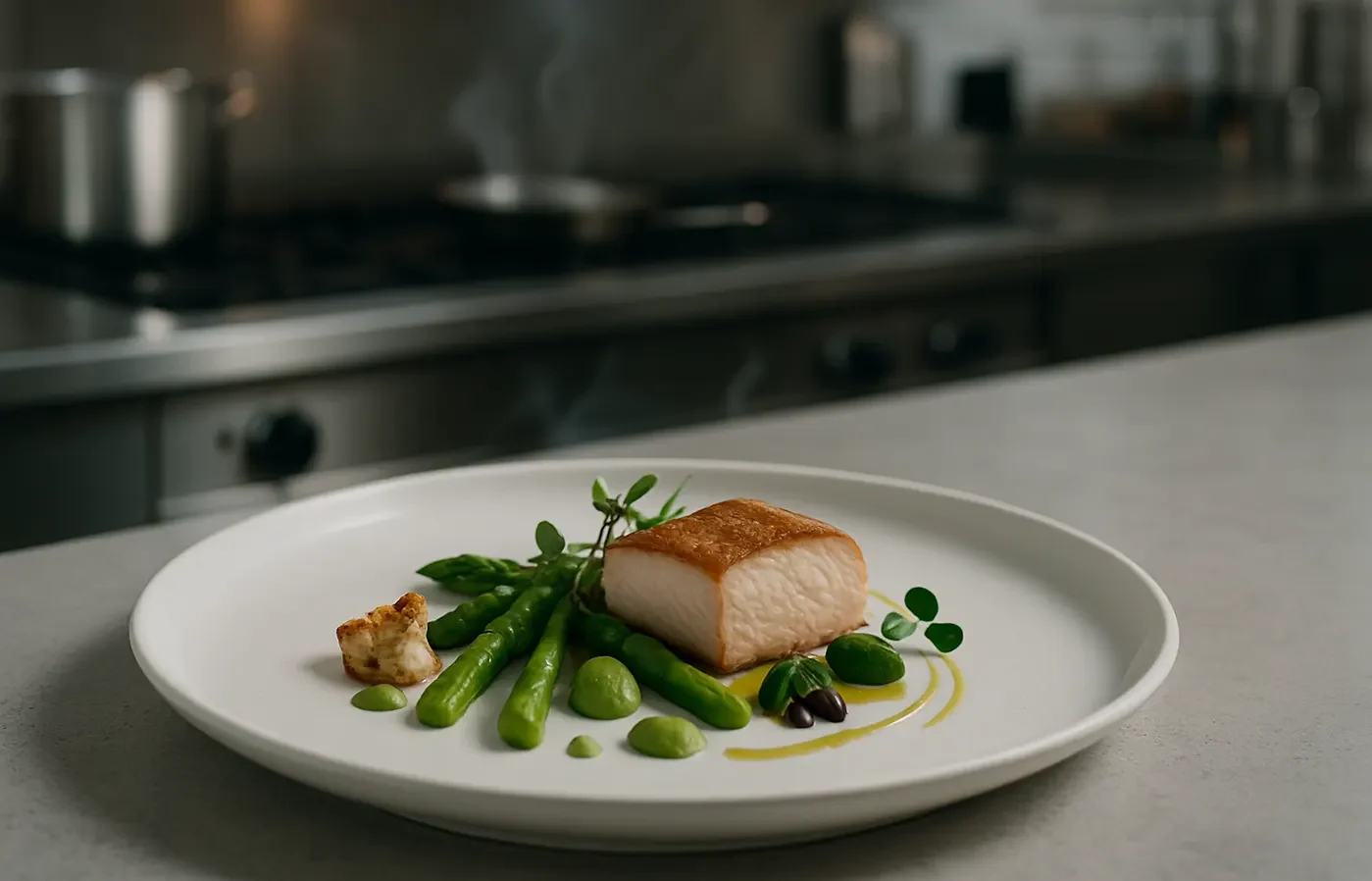Culinary medicine is an emerging, evidence-based field that bridges the gap between conventional medical advice and the practical realities of eating. It goes beyond simply telling a patient what to eat, instead providing them with the knowledge and skills to make informed, sustainable food choices that can prevent, manage, and even reverse chronic diseases. For healthcare clinics, establishing a culinary medicine program is a powerful way to empower patients and improve health outcomes. While the specific blueprint for such a program will vary, its core principles and components remain consistent.
The Foundational Concept: Blending Art and Science
At its heart, culinary medicine is about translating the science of nutrition into the art of cooking. Instead of a sterile lecture on macronutrients, a program might involve a hands-on cooking class where a physician and a chef demonstrate how to prepare a delicious, heart-healthy meal. The goal is to move beyond abstract dietary guidelines and help patients develop the confidence and practical skills needed to take control of their health through food. It’s an empowering approach that addresses not just the what, but the how, and the why of eating.
Key Components of a Culinary Medicine Program
A successful culinary medicine program is typically a collaborative effort that combines the expertise of various professionals.
- A Multidisciplinary Team: The program should be led by a team that includes at least one physician or other qualified healthcare provider (such as a nurse practitioner or physician assistant) and a registered dietitian. The addition of a professional chef is crucial to teach practical cooking techniques.This team ensures that the program is both medically sound and culinarily accessible.
- Evidence-Based Curriculum: The content must be grounded in scientific research. Many institutions, such as the American College of Lifestyle Medicine, have developed and offer comprehensive, open-source curricula that can serve as a strong starting point. These programs typically cover a range of topics, including knife skills, food safety, and meal planning, all while focusing on therapeutic dietary patterns like the Mediterranean diet, anti-inflammatory eating, or plant-based diets.
- Hands-on Learning Environment: While online modules and lectures can be a component, the most effective programs feature a teaching kitchen. This dedicated space, whether a full-service kitchen or a simple “pop-up” with mobile equipment, allows for hands-on experience. Patients learn by doing, which significantly increases their retention of both nutritional knowledge and culinary skills.
- Patient-Centered Approach: A successful program tailors its content to the patient’s individual needs. This includes considering their cultural food preferences, budget, and time constraints. A one-size-fits-all approach is ineffective; the best programs empower patients to adapt general principles to their own lives, making the changes sustainable.
- Measurable Outcomes: To demonstrate the program’s value, it’s essential to track its effectiveness. This can involve measuring changes in patient health markers (such as blood pressure, A1c levels, or cholesterol), as well as changes in their attitudes, knowledge, and behaviors related to nutrition and cooking. These data can be used to secure funding, justify the program’s existence, and continually improve its offerings.
By focusing on these core principles, a health clinic can move beyond a reactive, disease-focused model of care toward a proactive, wellness-oriented one. A culinary medicine program is a powerful tool for empowering patients to become active participants in their own health journey, turning the simple act of eating into a profound form of self-care.





